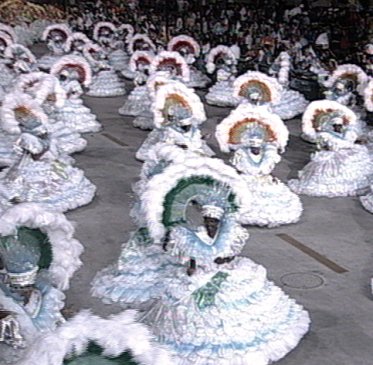 Golden Temple Park, or Jindian Park (traditional Chinese: Jīndiàn Gōngyuán), is the largest Taoist Tongwa (bronze-tiled) temple in China and has been preserved almost completely since it was first built.
Golden Temple Park, or Jindian Park (traditional Chinese: Jīndiàn Gōngyuán), is the largest Taoist Tongwa (bronze-tiled) temple in China and has been preserved almost completely since it was first built.It is located on the Mingfeng Mountains, seven kilometres to the east of Kunming city, there is a fine building made of bronze. It is commonly known as Jindian (the "Golden Temple").
 The Golden Temple was first built in the 30th year of Emperor Wanli's rule (1602) in the Ming Dynasty. Yunnan was ordered to send the bronze ore from Dongchuan to central China to make coins. But a war blocked the road. The governor of Yunnan, Chen Yongbing, and Qianguogong, the Duke of Guizhou Province, Mu Changzuo, ordered that the bronze be used to build a temple in imitation of the Taihe Palace and the Golden Temple on Tianzhu Peak in the Wudang Mountains, Hubei Province. The temple was later moved to the Jizu Mountains in western Yunnan. During the reign of the Qing Emperor Kangxi (1662-1722), Wu Sangui, a military general, rebuilt the temple, keeping the original Hubei design. The bronze used weighed over 200 tons.The temple walls were made with cast panels covered with exquisite and diverse designs. They are examples of the smelting and casting techniques in Yunnan a few centuries ago.
The Golden Temple was first built in the 30th year of Emperor Wanli's rule (1602) in the Ming Dynasty. Yunnan was ordered to send the bronze ore from Dongchuan to central China to make coins. But a war blocked the road. The governor of Yunnan, Chen Yongbing, and Qianguogong, the Duke of Guizhou Province, Mu Changzuo, ordered that the bronze be used to build a temple in imitation of the Taihe Palace and the Golden Temple on Tianzhu Peak in the Wudang Mountains, Hubei Province. The temple was later moved to the Jizu Mountains in western Yunnan. During the reign of the Qing Emperor Kangxi (1662-1722), Wu Sangui, a military general, rebuilt the temple, keeping the original Hubei design. The bronze used weighed over 200 tons.The temple walls were made with cast panels covered with exquisite and diverse designs. They are examples of the smelting and casting techniques in Yunnan a few centuries ago.In front of the staircase outside the Golden Temple, the wide branched camellias are called "Diechi" (Butterfly Wings). They are covered with thousands of flowers in the depth of winter. The two myrtles close by were planted in the Ming Dynasty.
At the top of the mountain behind the temple hangs a 14-ton "Great Bell of the Ming Yongle Era". 2.1 meters tall and 6.7 meters in circumference, the bell was cast in the 21st year of the Yongle era (1424), over 560 years ago. It used to hang in Xuanhua Mansion in Kunming to announce the time. When Kunming expanded however, it was moved to the Golden Temple. In recent years, the Temple has been expanded several times when the "Parrot Garden", the "Camellia Garden", and the "Orchid Garden" were added.
Source : Wikipedia










